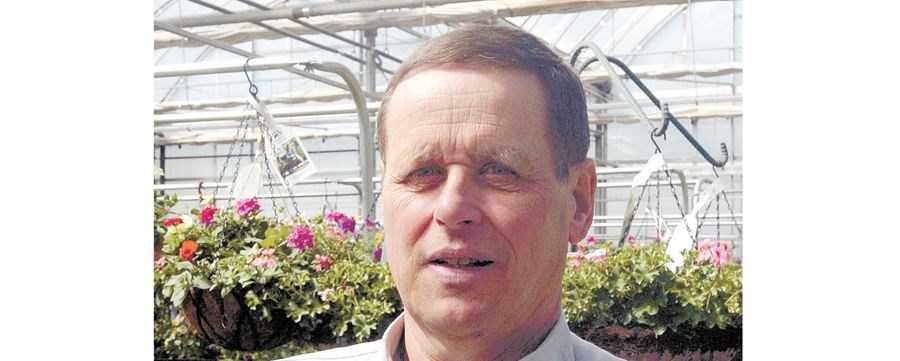Poinsettias are the most popular flowering plant worldwide during the Christmas season. They are native to Mexico where they grow wild outdoors and can reach heights of three metres. But, in colder climates such as ours, they are strictly houseplants.
There are more than 100 different varieties that come in various shades of colours, form and style. The traditional red poinsettia is still a favourite, but it is always fun to try something different or to mix a few different varieties together in a container.
Poinsettias come in various shades of red, white, cream, pink, and purple, and variegated such as the attractive Marbella, which has mid-sized pink bracts with white edges, or Ice Crystal, with bracts that are cream/soft pink in the middle, spotted with red and with a red/pink outside edge. Red Glitter is also unique looking as it has red bracts that are spattered in white as if someone spattered them with a paintbrush. Another poinsettia that has variegation is Tapestry, but this one is a little different, as it has soft green leaves edged in yellow and red bracts.
A poinsettia that is getting attention is the Princettia poinsettia. It is a new breed of poinsettia that has smaller, thinner bracts than a regular poinsettia. It comes in different colours including white, as well as a beautiful pink which is very attractive.
Poinsettias are already available and to make them last throughout the Christmas season you want to first pick out a healthy plant which is just starting. Look for a plant that has strong, sturdy stems, with leaves that go down the length of the stem to soil level. The plant should be full-looking with lots of healthy green foliage. It should have a nice shape and be well proportioned. The bracts should be full of colour with no green edges and in the centre of the bract the cluster of yellow small buds (cyathia) should be tight and unopened.
Transporting the plant to its destination can also have a huge impact on the plant's health. Make sure that it is properly wrapped before taking it out of the building as poinsettias are sensitive to cold temperatures and will drop their leaves if it gets too cold. In very cold temperatures, warm up the car first before putting them in the vehicle, and drive straight to your destination.
Once home, place the plant in a well-lit area where it will receive six hours of daily light. Avoid areas where there is a draft, heating vent, radiator, fireplace or an outside door where temperatures can change quickly. Poinsettias do best in temperatures of 18 to 22 C.
Watering is another important factor in keeping poinsettias healthy and happy. The soil should remain evenly moist, but not too wet. It also should not be allowed to go too dry. When the top of the soil is dry to the touch, give the plant a thorough water, using room-temperature water, avoiding getting the foliage of the plant wet. Remove any excess water from the tray after a few minutes, so the plant is not sitting in water for any length of time. Under-watering or over-watering will cause the leaves to drop, something the plant will not recover from.
When cared for properly, you can enjoy your poinsettia(s) for many weeks.



